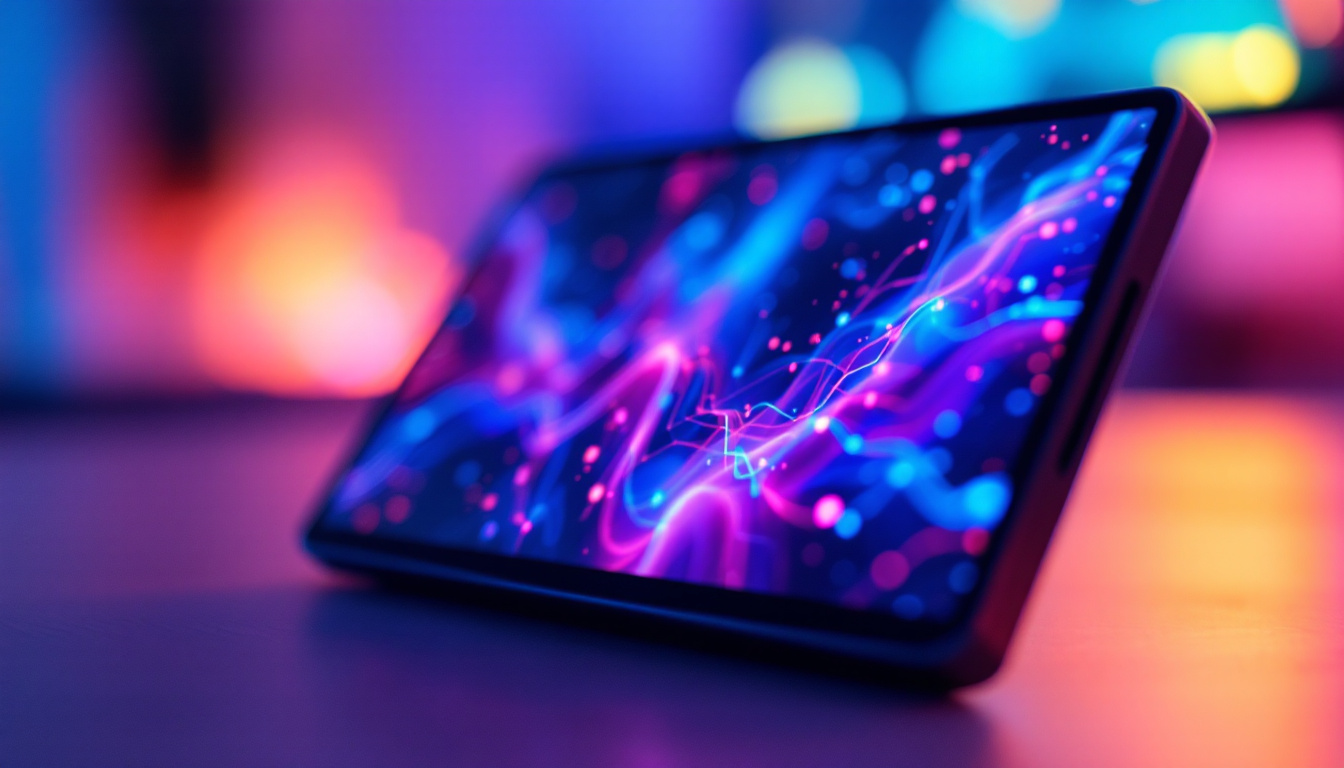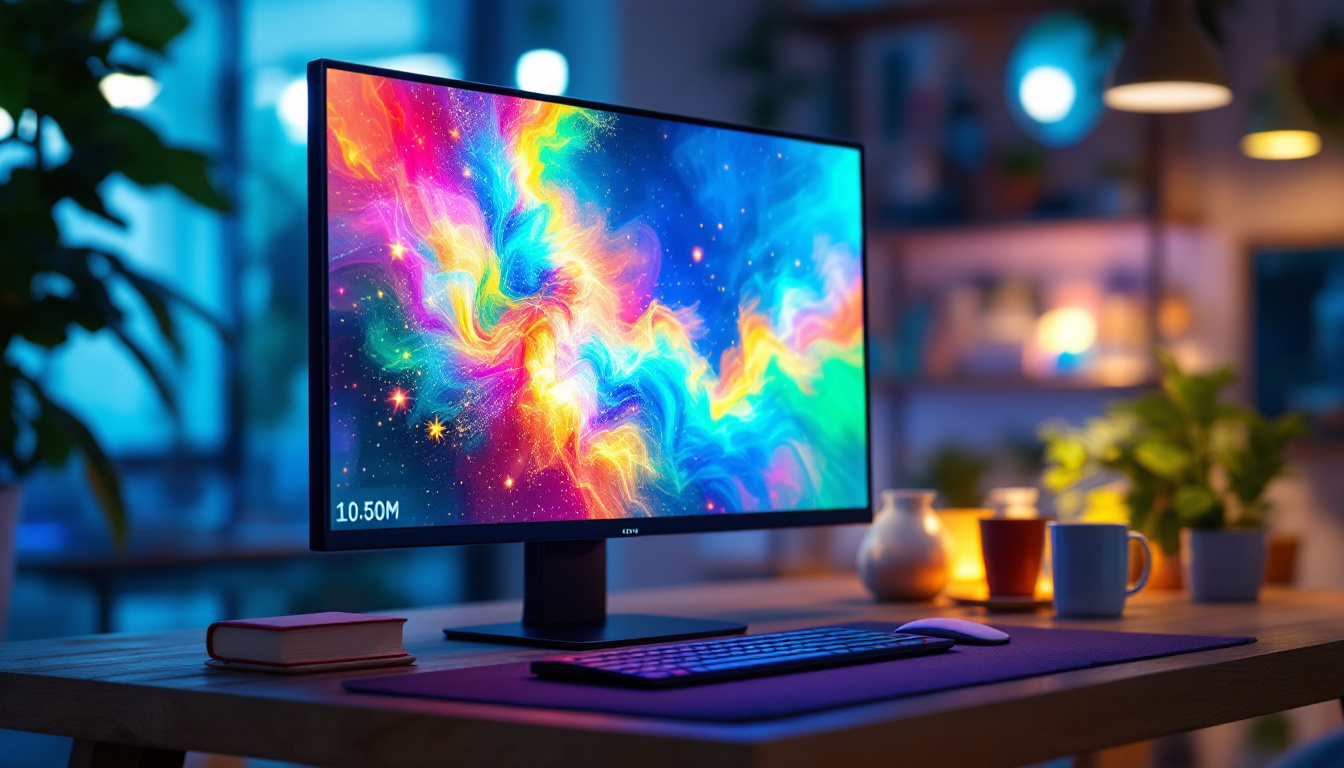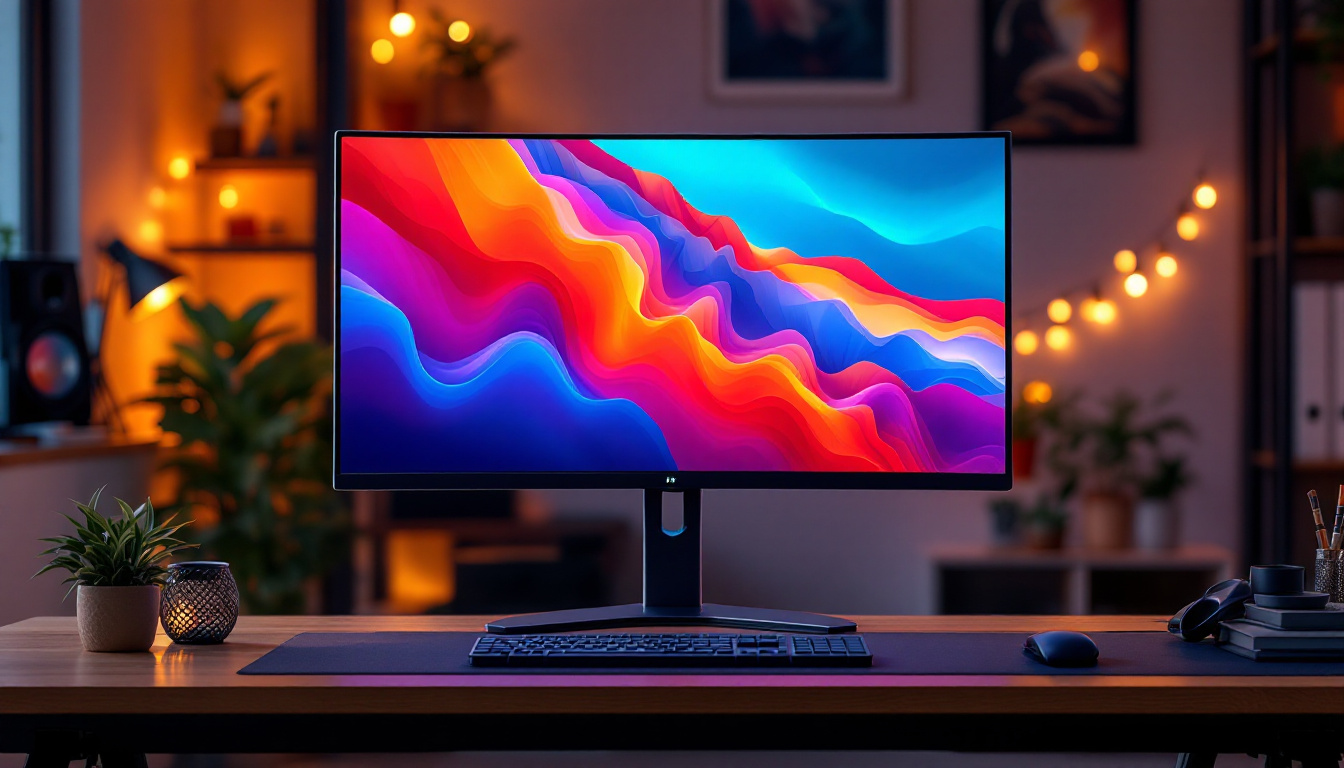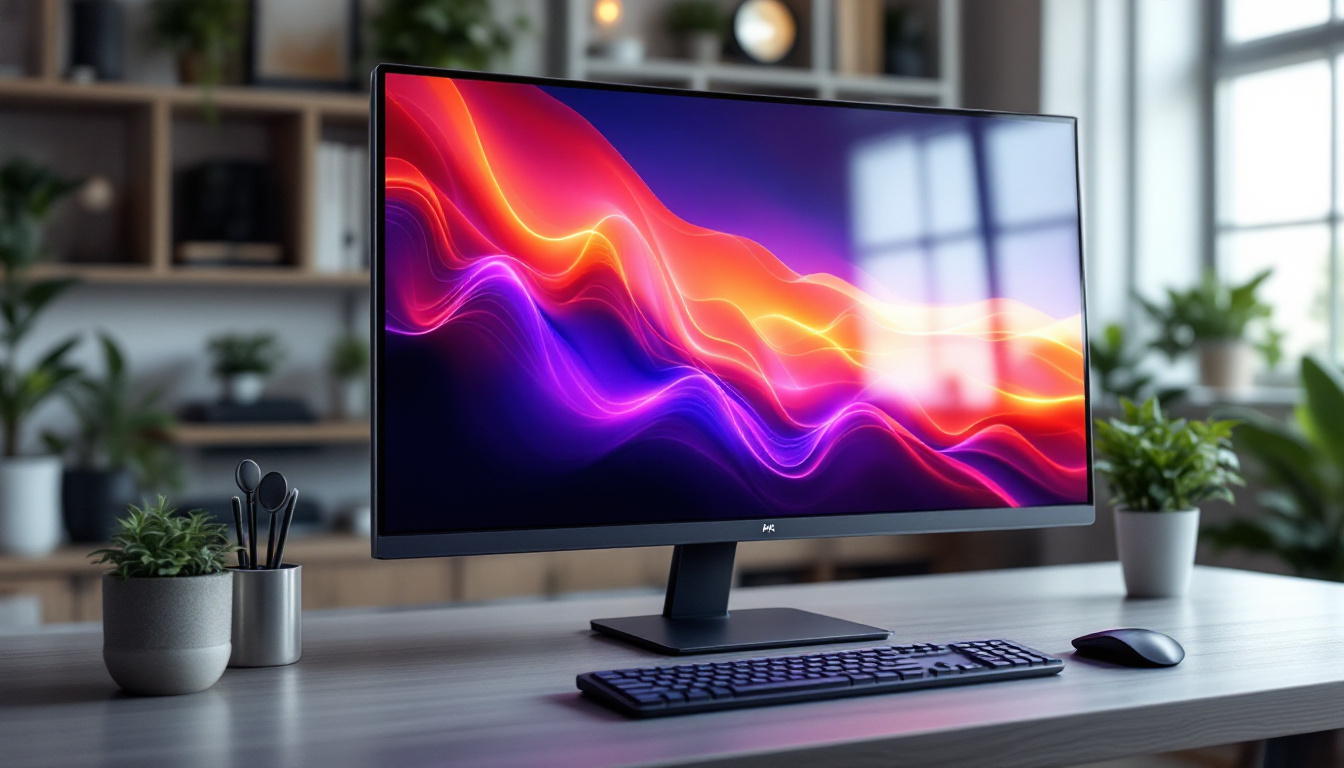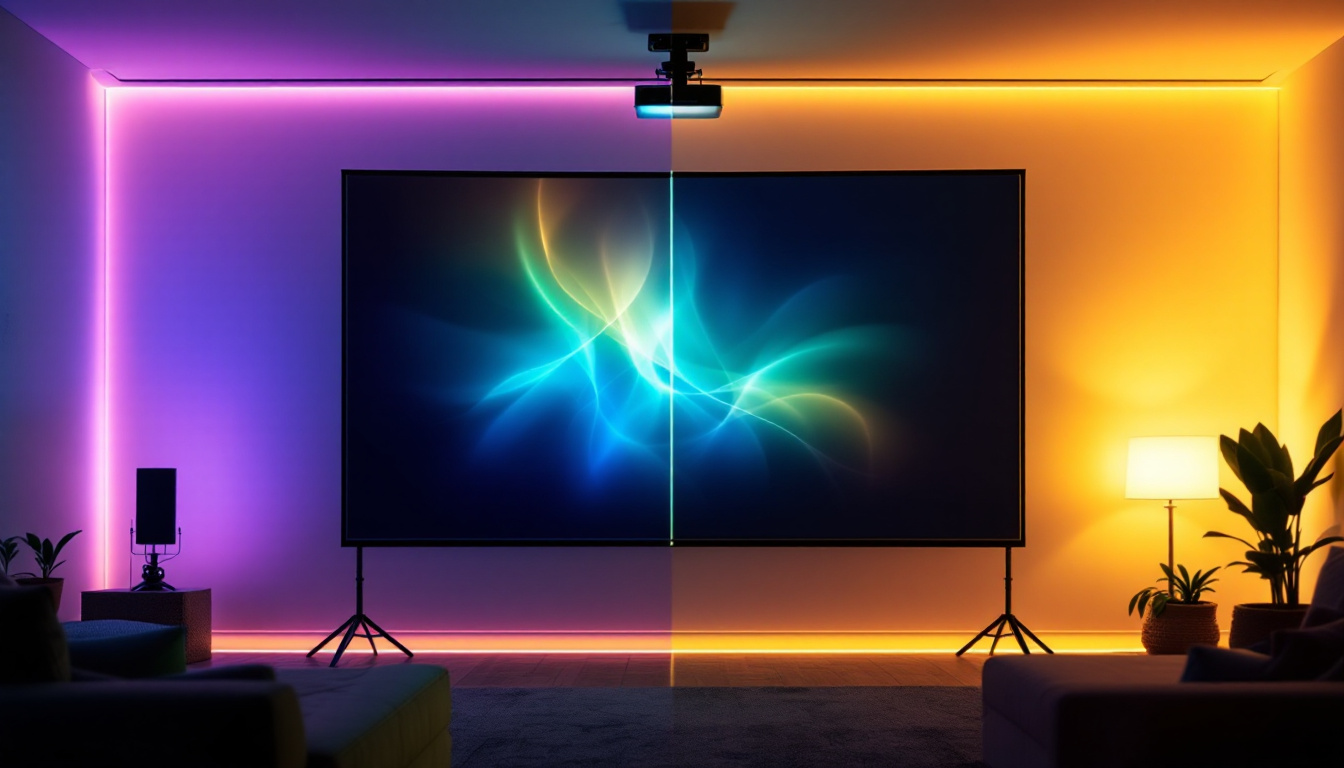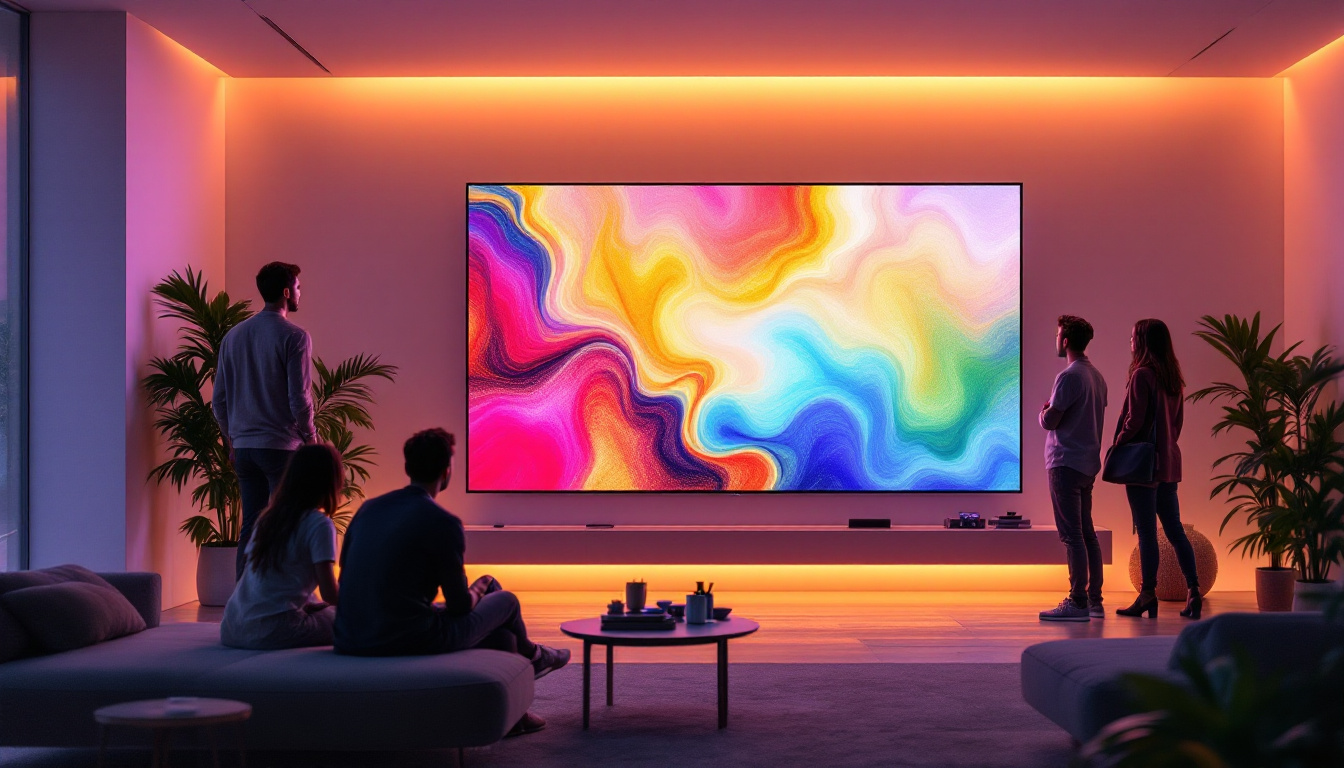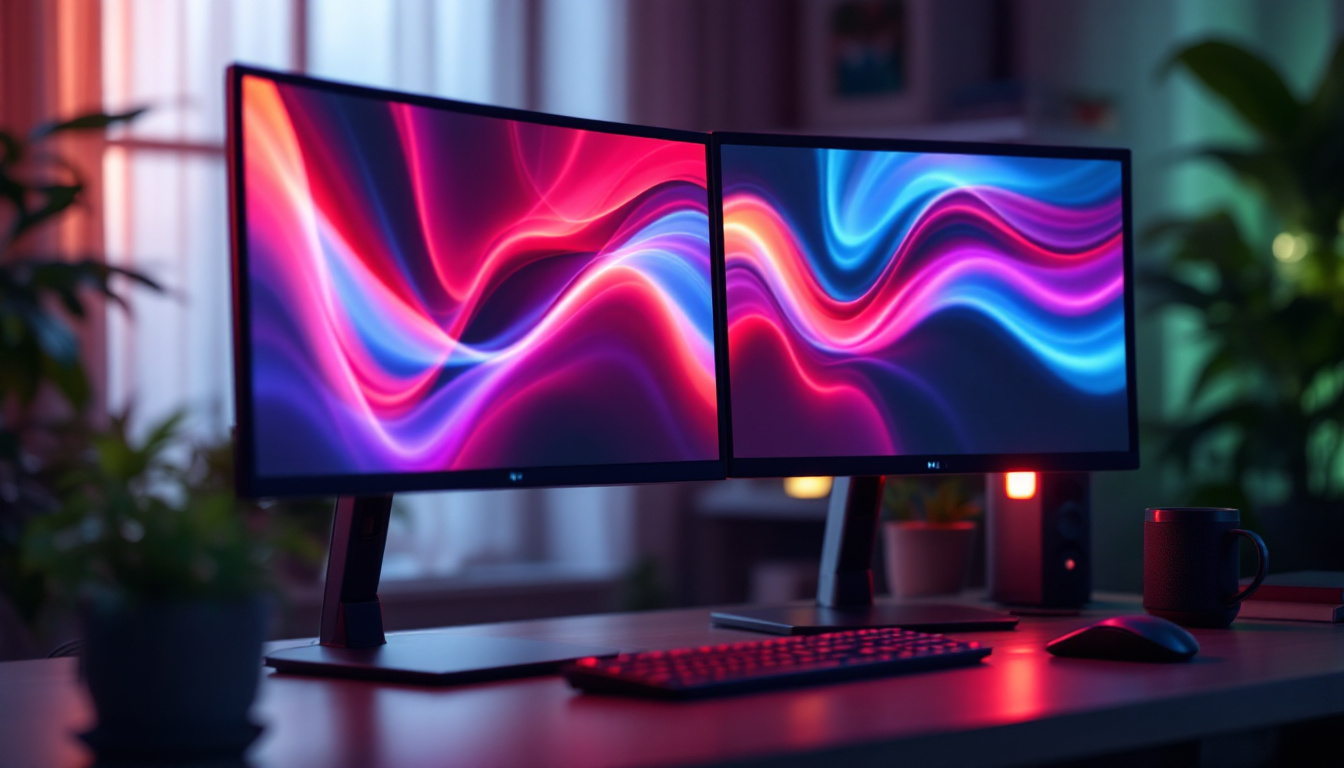Small LCD Screen: LED Display Explained
In the world of electronic displays, small LCD screens have become ubiquitous, serving a myriad of applications from smartphones to digital signage. Understanding the technology behind these screens, particularly LED displays, is essential for consumers and professionals alike. This article delves into the intricacies of small LCD screens and the role of LED technology in enhancing their performance.
Understanding LCD Technology
Liquid Crystal Display (LCD) technology has revolutionized the way images are rendered on screens. Unlike traditional cathode ray tube (CRT) displays, LCDs utilize liquid crystals sandwiched between two layers of glass or plastic. This configuration allows for a thinner, lighter design, making them ideal for portable devices. The efficiency of LCDs also contributes to their popularity, as they consume less power compared to CRTs, leading to longer battery life in portable electronics and reduced energy costs for larger displays.
How LCD Works
The operation of an LCD screen hinges on the manipulation of light. When an electric current passes through the liquid crystals, they align in a way that either blocks or allows light to pass through. This process is facilitated by a backlight, typically composed of LEDs, which illuminates the display. The combination of liquid crystals and backlighting creates the vibrant images that users see on their screens. Additionally, advancements in technology have led to the development of edge-lit and direct-lit LED backlighting, which further enhances brightness and color accuracy, making modern LCDs even more visually stunning.
Types of LCD Displays
There are various types of LCD displays, each with its own characteristics and applications. The most common types include Twisted Nematic (TN), In-Plane Switching (IPS), and Vertical Alignment (VA). TN panels are known for their fast response times, making them popular for gaming. IPS panels, on the other hand, offer superior color accuracy and wider viewing angles, making them ideal for professional graphic work. VA panels provide deep blacks and high contrast ratios, making them suitable for media consumption. Beyond these, there are also specialized LCD technologies such as Super LCD (SLCD) and Advanced Fringe Field Switching (AFFS), which aim to combine the best features of existing types, catering to niche markets and specific user needs, such as outdoor visibility and enhanced color reproduction.
The Role of LED in LCD Displays
LEDs, or Light Emitting Diodes, play a crucial role in enhancing the performance of LCD screens. While LCD technology itself does not produce light, the integration of LED backlighting has significantly improved brightness, color accuracy, and energy efficiency. This synergy between LCD panels and LED technology has transformed the viewing experience, making it more immersive and visually appealing, whether for gaming, watching movies, or professional work.
Types of LED Backlighting
There are primarily two types of LED backlighting used in LCD screens: edge-lit and full-array. Edge-lit displays have LEDs positioned along the edges of the screen, allowing for a thinner design. However, this can sometimes lead to uneven brightness, particularly in darker scenes where the edges may appear brighter than the center. Full-array backlighting, on the other hand, features a grid of LEDs behind the entire screen, providing more uniform illumination and better contrast. This method not only enhances the overall picture quality but also enables advanced features such as local dimming, where specific areas of the screen can be dimmed or brightened independently to improve black levels and dynamic range.
Benefits of LED Backlighting
The advantages of LED backlighting are manifold. Firstly, LED displays consume less power compared to traditional fluorescent backlighting, leading to longer battery life in portable devices. This energy efficiency is particularly beneficial in mobile technology, where users demand longevity without sacrificing performance. Secondly, they can achieve higher brightness levels, making them suitable for use in various lighting conditions, from bright offices to dimly lit rooms. Finally, LED technology allows for a wider color gamut, resulting in more vibrant and accurate colors. This is especially important for graphic designers and photographers who rely on precise color reproduction for their work. Moreover, the rapid response time of LEDs contributes to smoother motion handling, reducing blurriness in fast-moving images, which is a key factor for sports enthusiasts and gamers alike.
Applications of Small LCD Screens
Small LCD screens are found in a multitude of devices, each serving specific purposes. From handheld gadgets to larger displays, their versatility is unmatched.
Consumer Electronics
In consumer electronics, small LCD screens are prevalent in smartphones, tablets, and wearables. These devices leverage the compact size and high-resolution capabilities of LCD technology to deliver engaging user experiences. For instance, smartphones utilize high-density screens to provide sharp images and vibrant colors, enhancing everything from gaming to video streaming. The advancements in LCD technology have also led to the development of touch-sensitive screens, allowing for intuitive navigation and interaction, which has become a staple in modern devices. Furthermore, the integration of LCDs into smartwatches and fitness trackers has revolutionized how users monitor their health and stay connected on the go, providing real-time updates and notifications right on their wrists.
Industrial Applications
Beyond consumer electronics, small LCD screens have significant applications in industrial settings. They are often used in control panels, diagnostic equipment, and monitoring systems. The clarity and reliability of LCD displays are crucial in these environments, where accurate information is essential for operational efficiency. For example, in manufacturing plants, small LCD screens can display real-time data on machine performance, alerting operators to potential issues before they escalate into costly downtime. Additionally, in the medical field, portable diagnostic devices equipped with small LCD screens provide healthcare professionals with immediate access to vital patient information, enabling quicker decision-making in critical situations. The ruggedness of certain LCD models also makes them suitable for harsh environments, ensuring that they can withstand temperature fluctuations, moisture, and dust, which are often present in industrial settings.
Advantages of Small LCD Screens
Small LCD screens bring a host of advantages that make them a preferred choice in various applications. Their compact size, energy efficiency, and high-quality display capabilities contribute to their widespread use.
Space Efficiency
The compact nature of small LCD screens allows for innovative designs in electronic devices. Manufacturers can create sleeker, more portable gadgets without compromising on display quality. This space efficiency is particularly beneficial in the design of smartphones and tablets, where every millimeter counts. Additionally, small LCD screens are also utilized in wearables, such as smartwatches and fitness trackers, where the limited surface area demands a display that is both functional and visually appealing. The ability to integrate these screens into various form factors has led to a surge in creative applications, from automotive dashboards to smart home devices, enhancing user interaction in everyday technology.
Energy Efficiency
Small LCD screens, especially those with LED backlighting, are designed to be energy-efficient. This characteristic is particularly important in battery-operated devices, where prolonged usage without frequent recharging is a priority. The reduced power consumption not only extends battery life but also contributes to lower energy costs in larger installations. Furthermore, advancements in technology have led to the development of even more efficient display technologies, such as organic LED (OLED) screens, which offer deeper blacks and richer colors while maintaining low energy usage. This evolution not only benefits consumers by enhancing their viewing experience but also aligns with global efforts toward sustainability, as manufacturers strive to create greener products that minimize environmental impact.
Limitations of Small LCD Screens
Despite their many advantages, small LCD screens are not without limitations. Understanding these drawbacks is important for consumers and manufacturers alike.
Viewing Angles
One of the notable limitations of certain LCD technologies, particularly TN panels, is their restricted viewing angles. When viewed from an angle, colors may appear washed out, and contrast may diminish. This can be a significant drawback in situations where multiple people are viewing the screen simultaneously, such as in presentations or group settings.
Response Time
Response time is another area where small LCD screens can fall short, particularly in fast-paced applications like gaming. While advancements have been made, some LCDs still struggle with motion blur, which can detract from the overall experience. Gamers often prefer displays with faster response times to ensure smooth gameplay.
Future Trends in Small LCD Screens
The landscape of display technology is continually evolving, and small LCD screens are no exception. Emerging trends promise to enhance their capabilities even further.
MicroLED Technology
MicroLED is a cutting-edge technology that has the potential to revolutionize small LCD screens. This technology utilizes tiny, self-emissive LEDs to create images without the need for backlighting. The result is displays that offer superior brightness, contrast, and color accuracy, along with reduced power consumption. As MicroLED technology matures, it may become a viable alternative to traditional LCDs.
Flexible Displays
Another exciting trend is the development of flexible displays. These screens can bend and conform to various shapes, opening up new possibilities for device design. Imagine smartphones that can roll up or tablets that can be folded into compact sizes. This flexibility could redefine how users interact with their devices and expand the range of applications for small LCD screens.
Conclusion
Small LCD screens, particularly those enhanced by LED technology, have transformed the way information is displayed across various devices. Their compact size, energy efficiency, and vibrant visuals make them indispensable in consumer electronics and industrial applications alike. While there are limitations to consider, ongoing advancements in display technology promise to address these challenges and unlock new possibilities for the future.
As technology continues to evolve, staying informed about the latest trends and innovations in small LCD screens will be crucial for consumers and professionals. Whether in the realm of entertainment, communication, or industrial applications, the impact of these displays will undoubtedly continue to grow, shaping the way we interact with the digital world.
Discover LumenMatrix’s Advanced LED Display Solutions
Ready to elevate your visual experience with the latest in LED display technology? LumenMatrix is at the forefront of innovation, offering a diverse range of LED display solutions tailored to meet your needs. From captivating Indoor and Outdoor LED Wall Displays to dynamic Vehicle and Sports LED Displays, our products are designed to enhance brand visibility and engage your audience. Explore our cutting-edge LED Poster Displays, immersive Floor LED Displays, and the versatility of Custom and All-in-One LED Displays. Experience the future of visual communication with our LED Transparent Displays. Check out LumenMatrix LED Display Solutions today and transform your space with unparalleled clarity and impact.

